Snake Cube vs. Rubik’s Cube: Which Puzzle Builds Better Thinking Skills?

There are two timeless classics in the world of brain teaser toys: the Snake Cube puzzle and Rubik's Cube. Both toys are played with by millions around the world and are thought to activate the brain, improve problem-solving skills, and keep kids and adults entertained for hours. Which one will work better for you? Here, we present the best comparison of Snake Cube vs. Rubik's Cube.
A Quick Introduction to Snake Cube Puzzle
The Snake Cube puzzle consists of a chain of connected cubes that twist in various directions. The objective is to fold the chain back into a perfect cube.
- Available Material: Made of a chain of wooden blocks, durable and environmentally friendly.
- Difficulty Level: Very high, involves spatial reasoning.
- Skills: Spatial awareness, patience, logical thinking, and hand-eye coordination.
With a less intimidating look than complex cubes, the Snake Cube puzzle is popular as a fun puzzle for kids while still providing a rewarding challenge.
A Quick Introduction to Rubik's Cube
The Rubik's Cube is a three-dimensional combination puzzle created in 1974 by Ernő Rubik. It is composed of a cube with six sides, each with smaller colored squares; the goal is to twist and turn the sides until each side is a single color.
- Material: Generally made from plastic, but collectible versions exist.
- Difficulty Level: High, it takes practice and algorithms to solve the Rubik's Cube.
- Skill Development: Memorization, focus, logical reasoning, problem-solving, and perseverance.
The Rubik's Cube is a classic brain teaser toy, selling millions worldwide, and is a cultural icon of the puzzle genre.
Snake Cube vs. Rubik’s Cube: Key Differences
| Feature | Snake Cube | Rubik’s Cube |
|---|---|---|
| Material | Often wooden, eco-friendly | Mostly plastic |
| Difficulty | Hard (spatial reasoning challenge) | Hard (algorithm-based challenge) |
| Learning Curve | Requires spatial visualization | Requires memorizing algorithms |
| Best for | Anyone who enjoys brain teasers | Anyone who enjoys brain teasers |
| Skills Boosted | Spatial awareness, patience | Memory, logic, problem-solving |
Advantages of Playing with Cube Puzzles
Cube puzzles provide enjoyment and lasting benefits for mental resilience and personal development, including:
- Improved Problem Solving Skills: Both puzzles train your brain to assess challenges, try strategies, and find solutions.
- Enhanced Memory and Concentration: Remembering moves, patterns, and sequences enhances memory and focus.
- Advance Spatial Reasoning: Especially with the Snake Cube, your ability to visualize objects in three dimensions improves.
- Develops Patience and Perseverance: Success often comes after multiple attempts, fostering resilience.
- Alleviates Stress: Completing puzzles offers a calming, mindful break from devices and routines.
- Develops Creativity: Finding different approaches to solve puzzles boosts critical and creative thinking.
- Good Activity for All Ages: Children develop problem-solving skills, adults stimulate their minds, and seniors keep their minds active.
Which One Is Better?
Most people are familiar with the Rubik’s Cube, a world-famous puzzle symbolizing intelligence, competition, and persistence. It’s ideal if you enjoy algorithm-based challenges and want to test your memory and logical reasoning.
However, if you’re looking for something different and unique, the Snake Cube Puzzle is a must-try. Unlike the Rubik’s Cube, it relies on spatial reasoning and visualization rather than algorithms. Its tactile twist-and-turn design feels refreshing even if you’ve already mastered other cubes.
Final Thoughts
When comparing Snake Cube vs. Rubik’s Cube, the choice depends on your age, skill level, and puzzle goals. If you want a simple, tactile, and eco-friendly puzzle, choose the Snake Cube puzzle. If you’re ready for a world-famous challenge that builds memory and logic, the Rubik’s Cube is the ultimate choice.
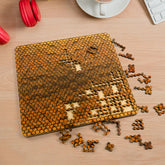

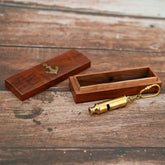

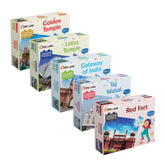

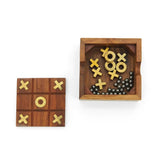

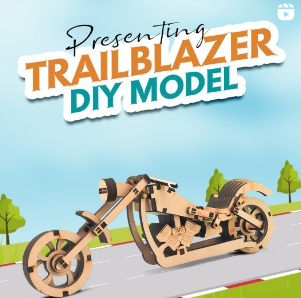

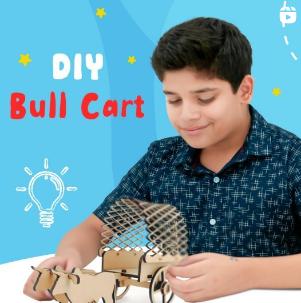
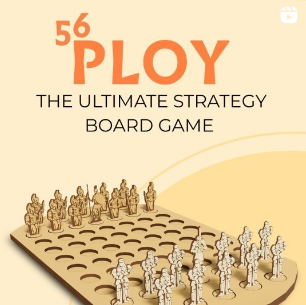
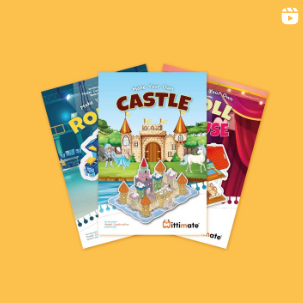
Leave a comment
Please note, comments need to be approved before they are published.